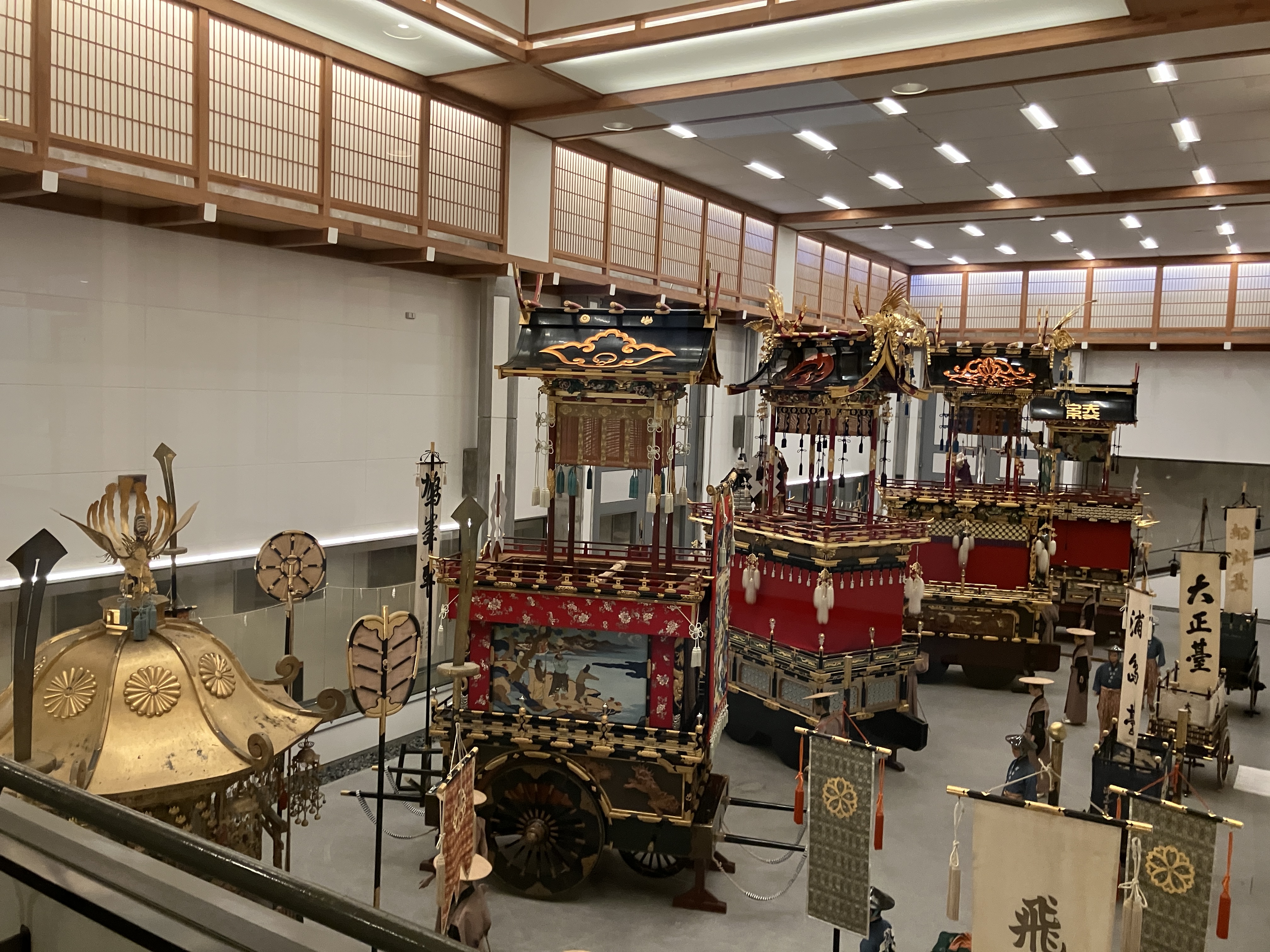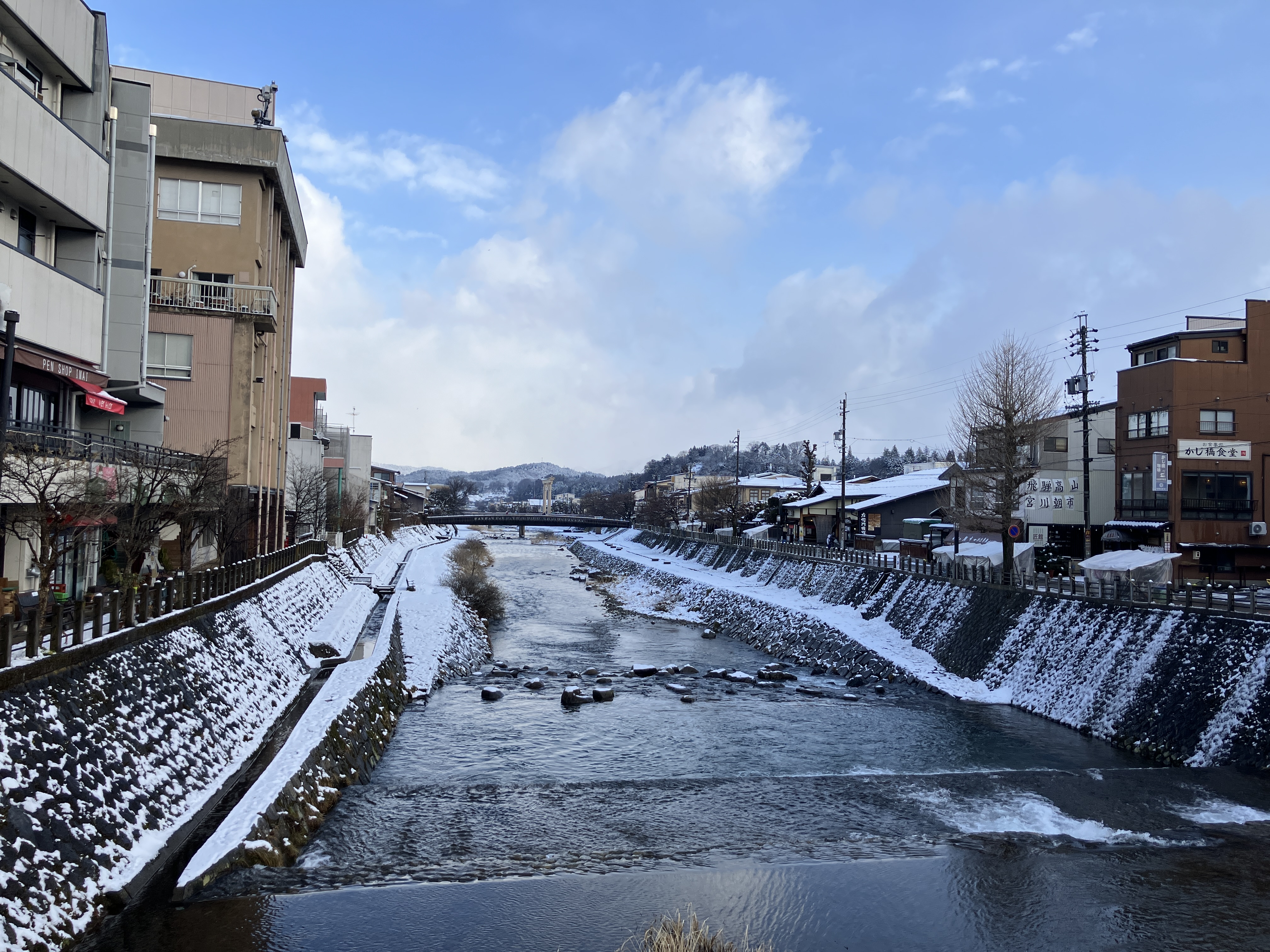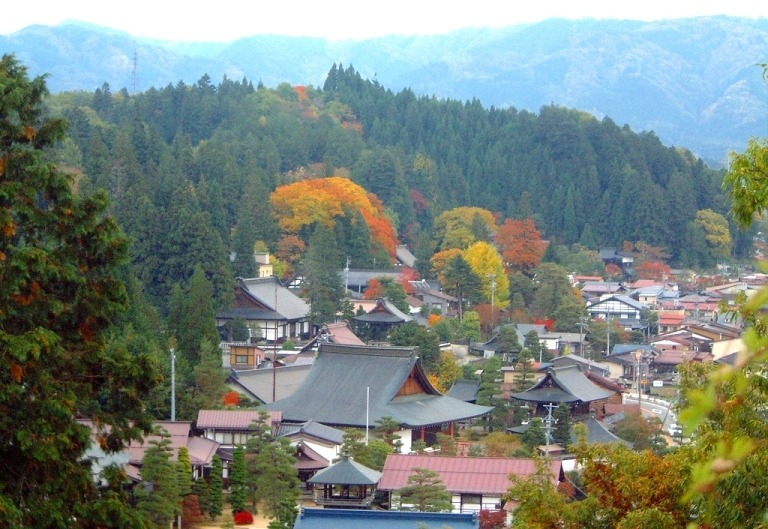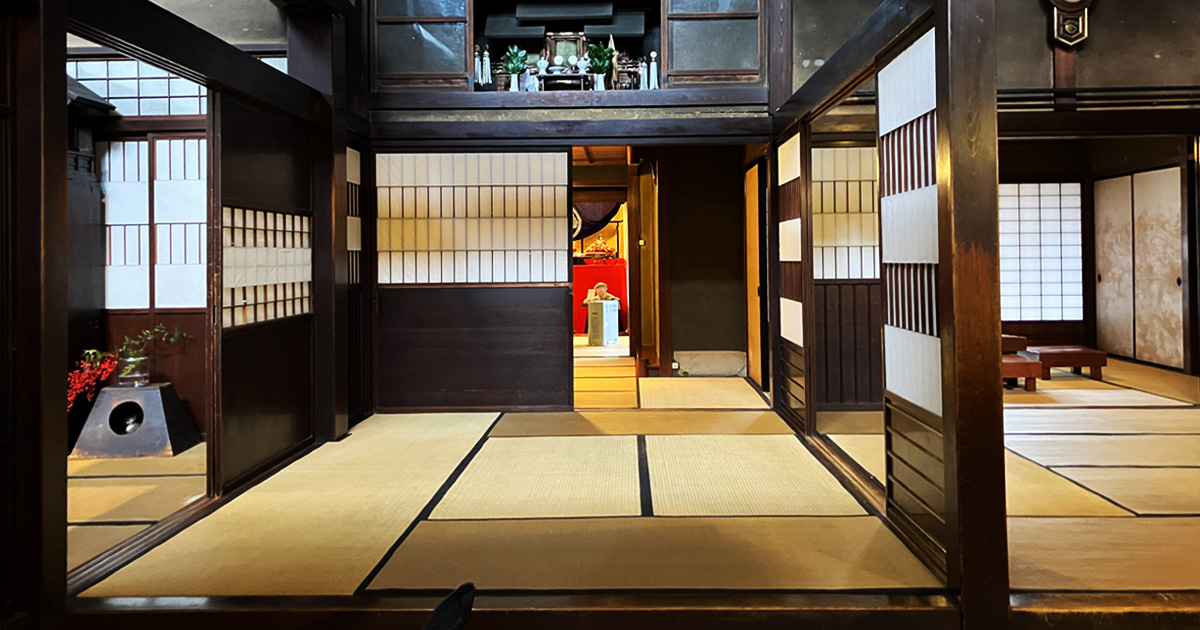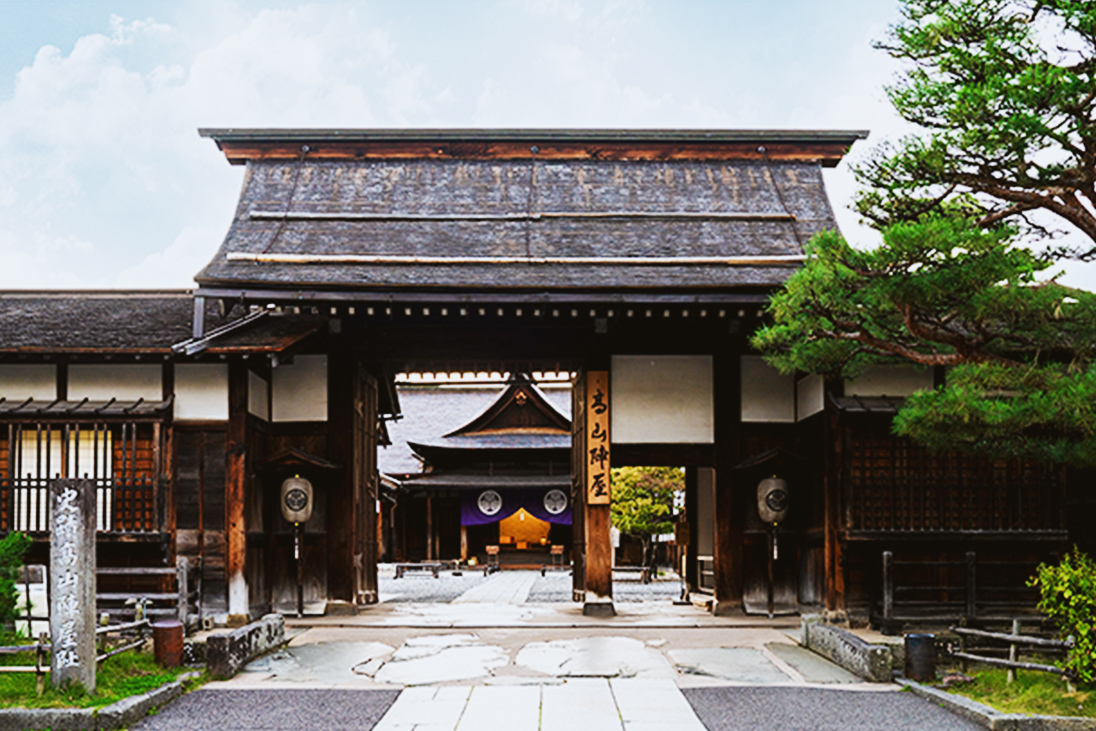Festa Forest in Takayama | the only place to find the new festival floats
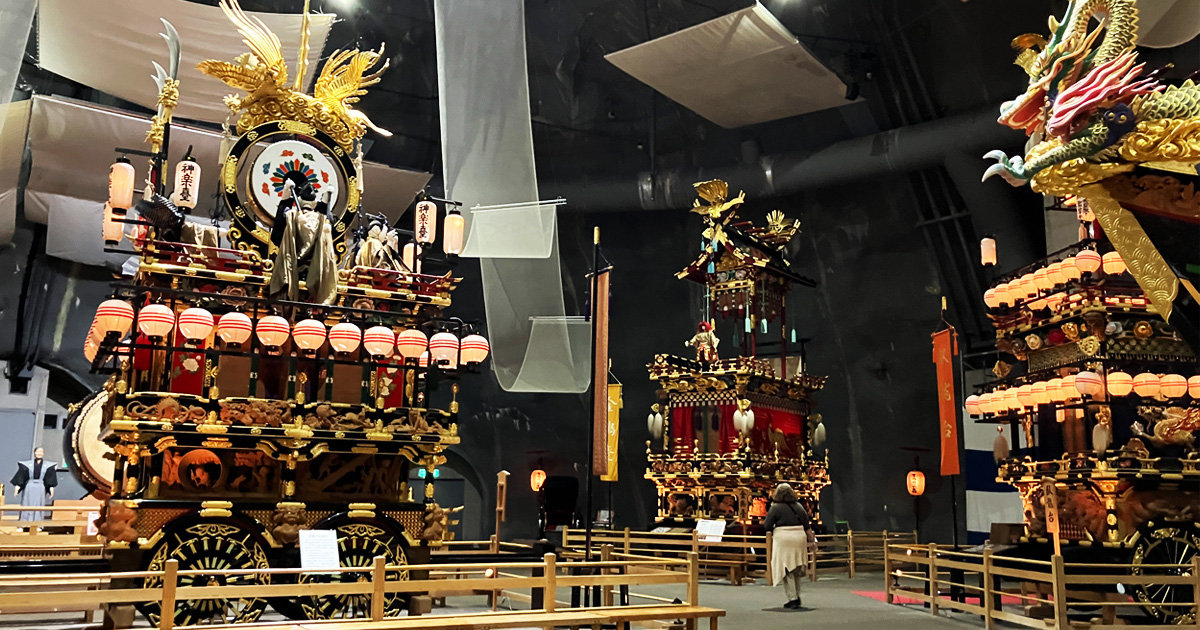
Takayama Festival is one of the three popular traditional festivals in Japan. In the festival, you can see a speculous parade with the floats locally called “yatai”. It is very interesting thing to visit Festa Forest in Takayama which showcases the new version of floats which local craftsmen proudly made in modern technology. Six floats are displayed in rotation in a dome built under the mountain.
Heisei floats in modern technology
Heisei refers to one of the eras in Japanese calendar, which started in 1989 and end in 2019. In the timing when the Japanese calendar changed from Showa to Heisei, this exciting project came into reality. With the cooperation of local craftsmen, a new “Heisei Yatai” was built for the first time in 150 years since the end of the Edo period, bringing together the essence of ancient craftsmanship. Distinctive carvings, metal fittings, side curtains, farewells, etc. were installed on 8-meter class floats.
Kagura-tai(神楽台)
Kagura-tai is a float that always plays at the head of the festival procession while playing the music. A state-of-the-art computer-controlled puppets called karakuri beats a large drum with a diameter of 80cm hanging from the upper tier, powerfully announcing the start of the procession. The carving at the bottom depicts children playing with the mountains of the Northern Alps in the background. The black lacquer and golden decorative metal fittings create an exquisite beauty.
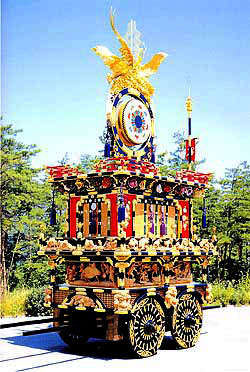
Fukuju-tai(福寿台)
Fukuju-tai is themed around the Seven Lucky Gods, which have been loved by Japanese people for a long time. On the lower tier, there are carvings featuring the Seven Lucky Gods made of white zelkova wood. On the upper tier, the Karakuri marionettes of Jurojin and Karako is performed.
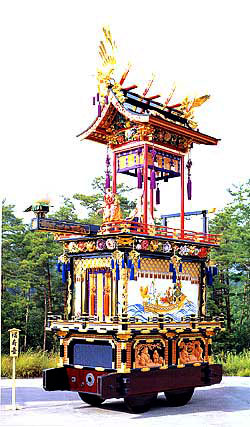
Rikijin-tai(力神台)
Rikijin-tai was created with the motif of sumo wrestling. It features numerous sumo-related decorations such as carvings and metal fittings. According to ancient Japanese writing called “Nihon Shoki” written about 1,300 years ago, a strong man from Yamato Province (Nara Prefecture), and another strong man from Izumo Province (Shimane Prefecture), competed in strength on July 7th of that year. It is believed that this story is the origin of sumo and Rikijin-tai was intentionally completed in July in honor of the event.
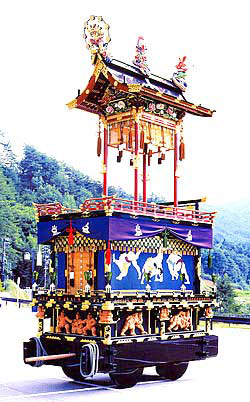
The largest drum in the world
The diameter of this drum is 2 m 12 cm at the covered part, a whopping 2 m 73 cm at the center, and it weighs 4.5 tons. It is the world’s largest drum carved out of a single tree.
The log is Bubinga. It is a broad-leaved tree that grows in subtropical areas. It is also known as “iron wood” and is said that it got this name because the wood is densely grained and very hard and does not float on water. The skin of the drum is made from the skin of one Wagyu cow, which has been specially raised to avoid seams on both sides.
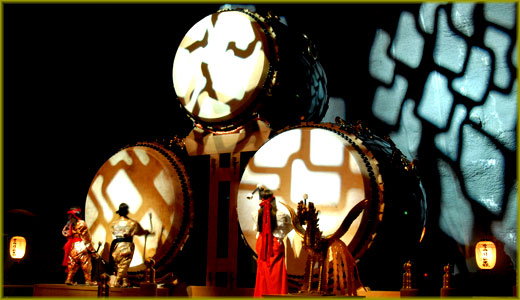
Karakuri puppets
Karakuri puppets are a combination of the playfulness of Edo period townspeople and the challenge of craftsmanship. They are controlled by a computer, made to move using air cylinders and motors. some of them move in time with the festival music of flutes and drums.


